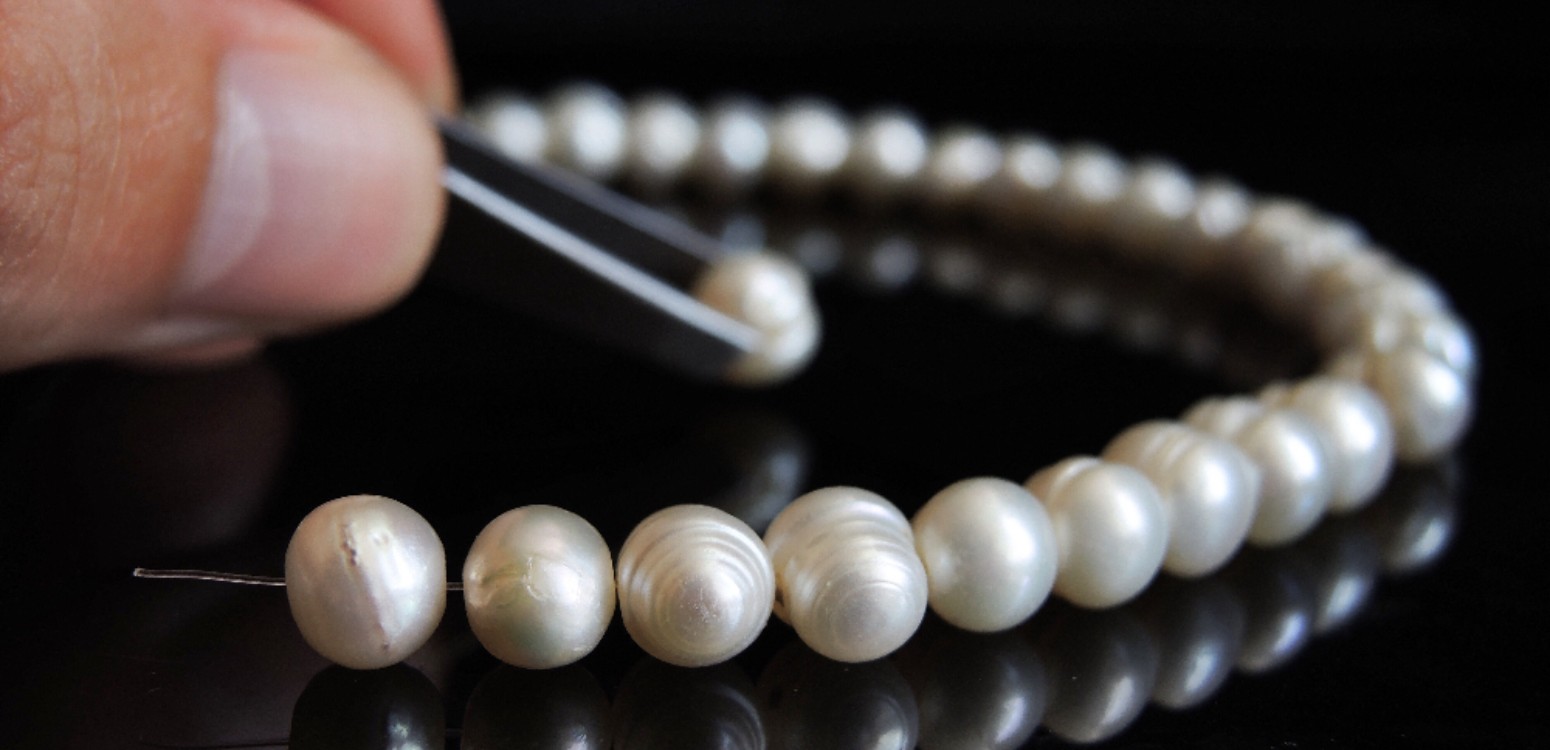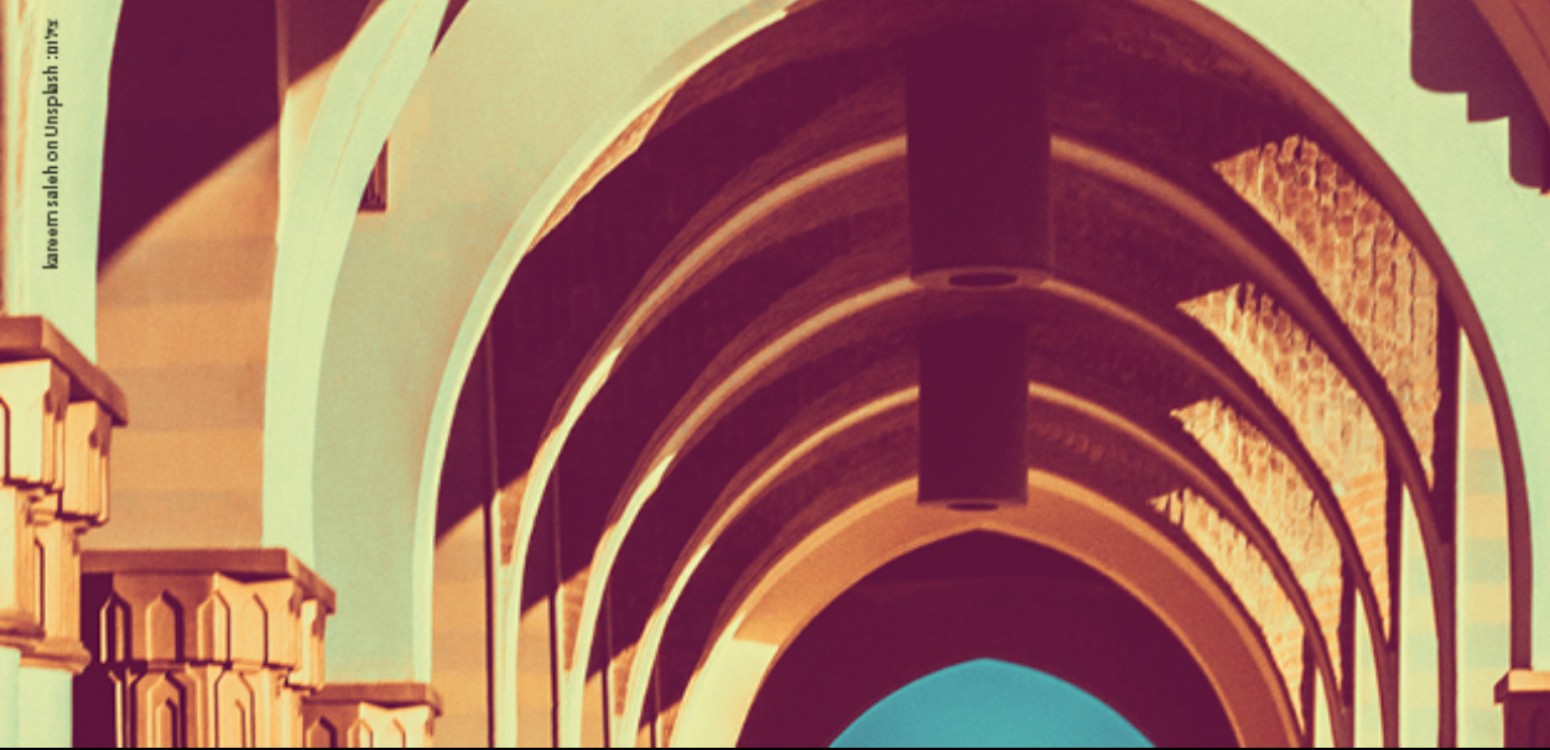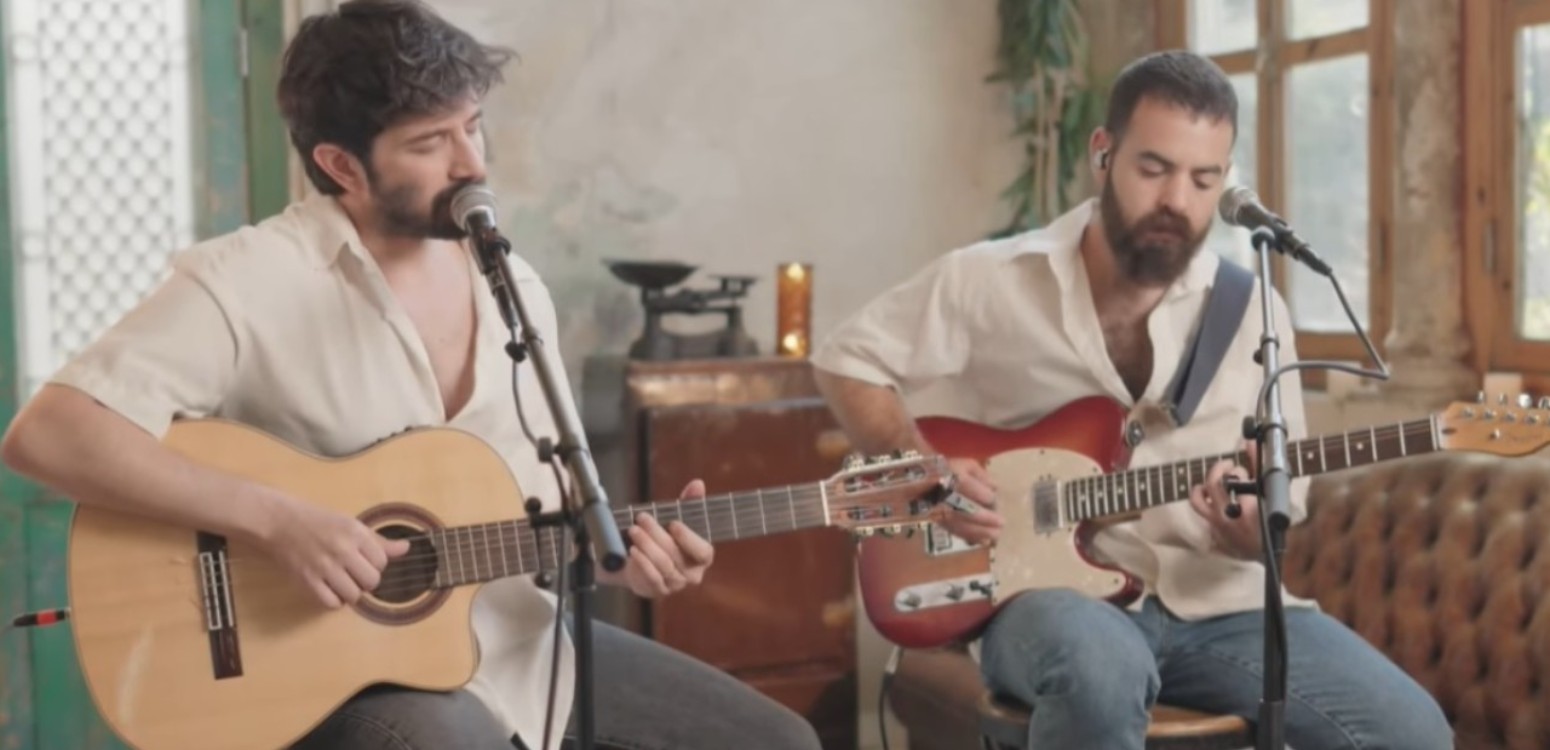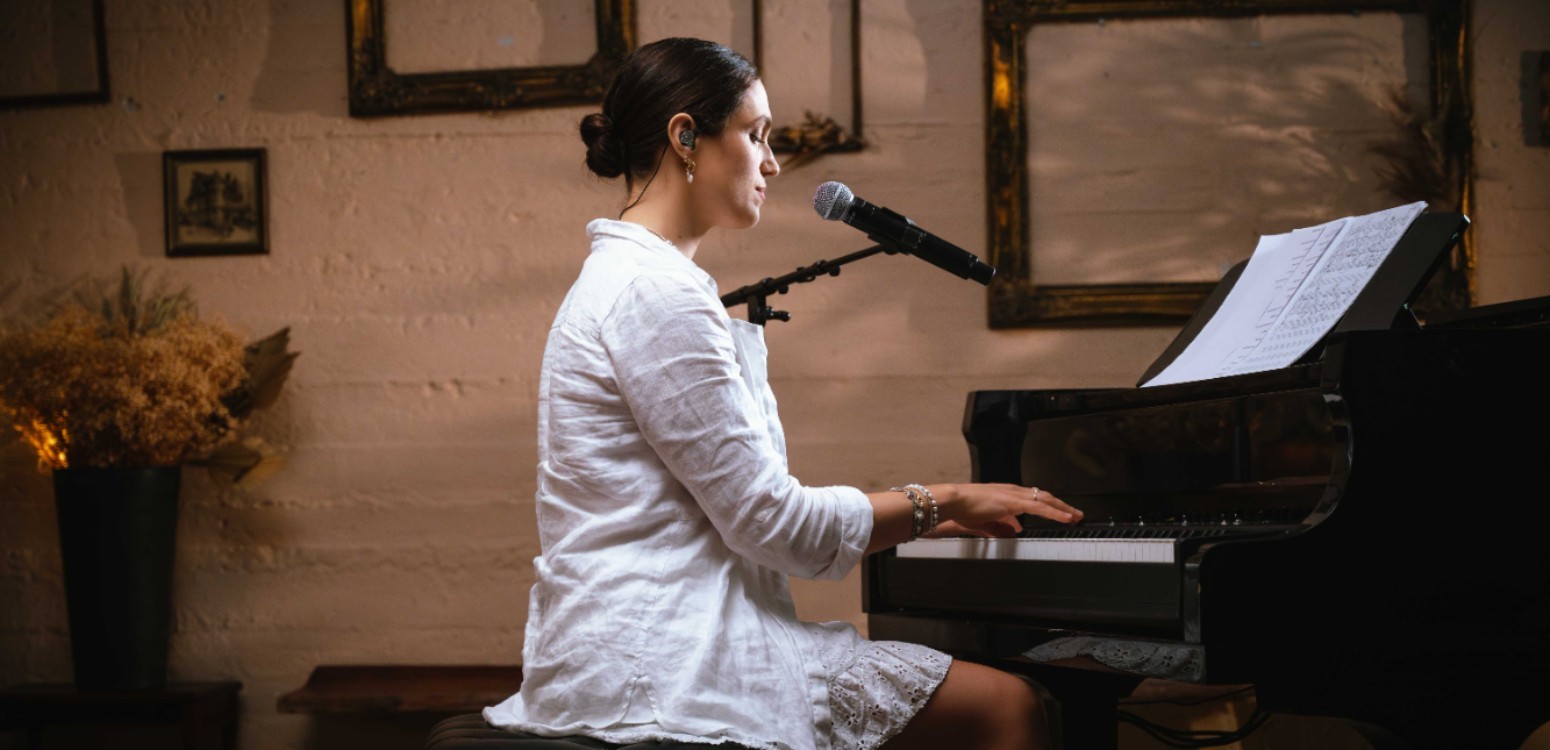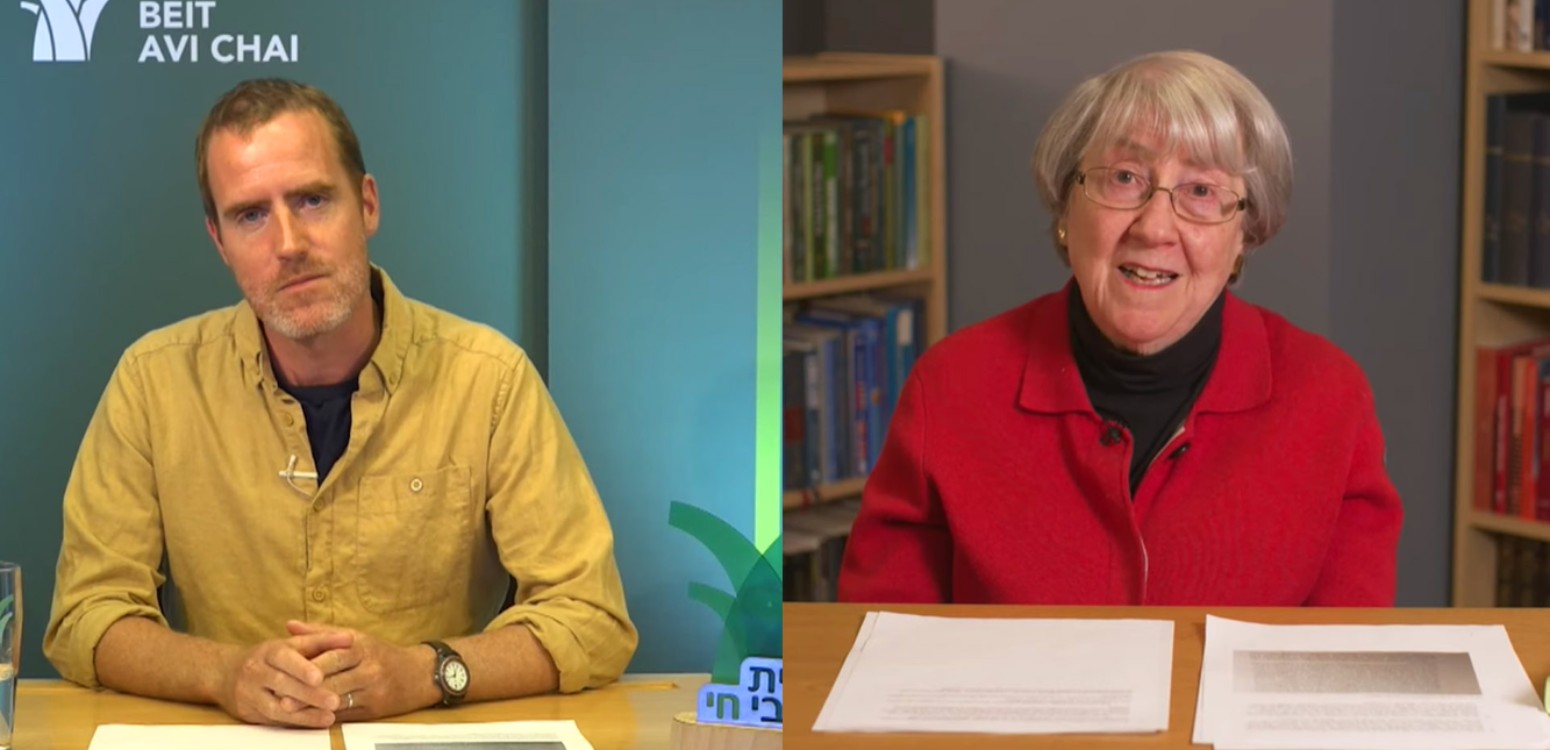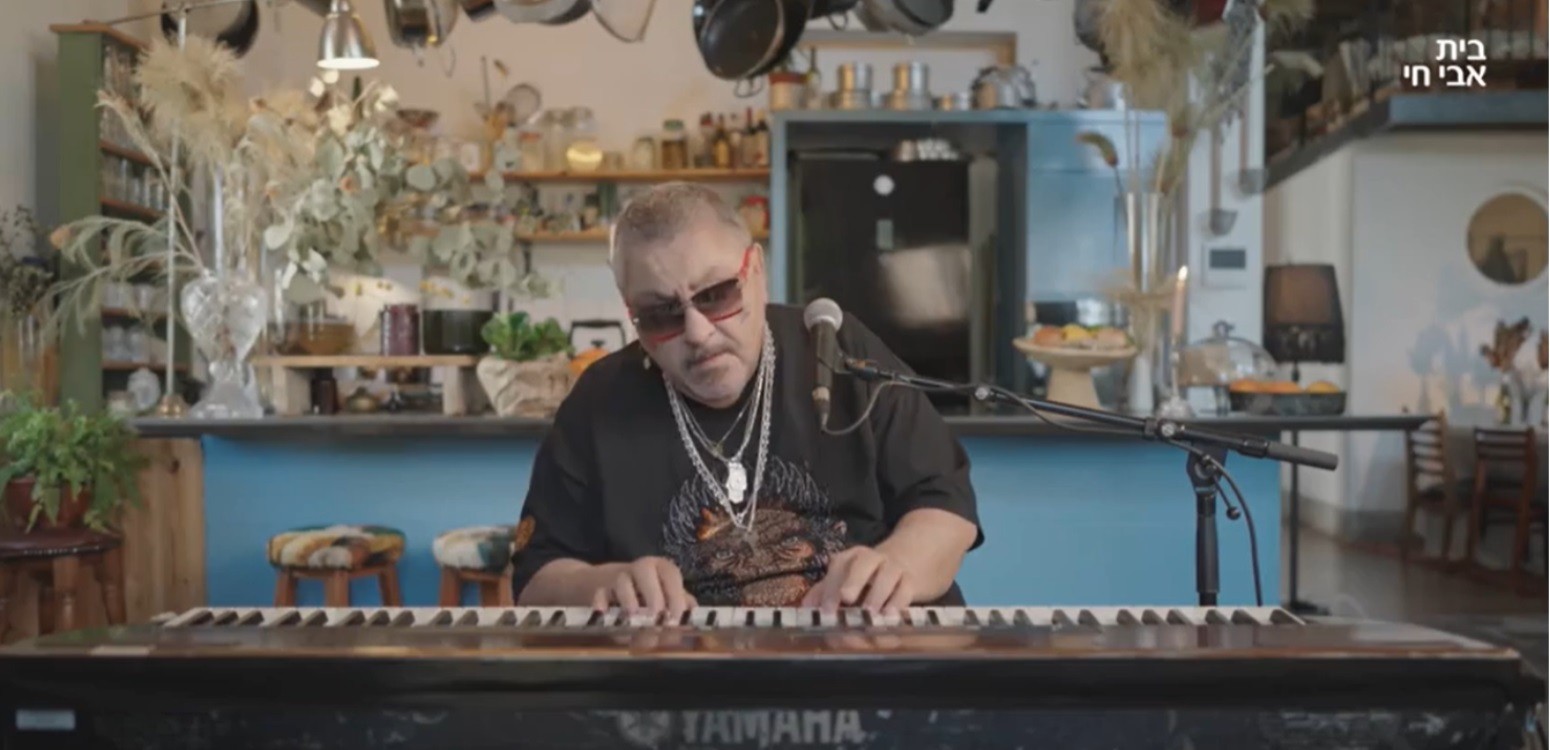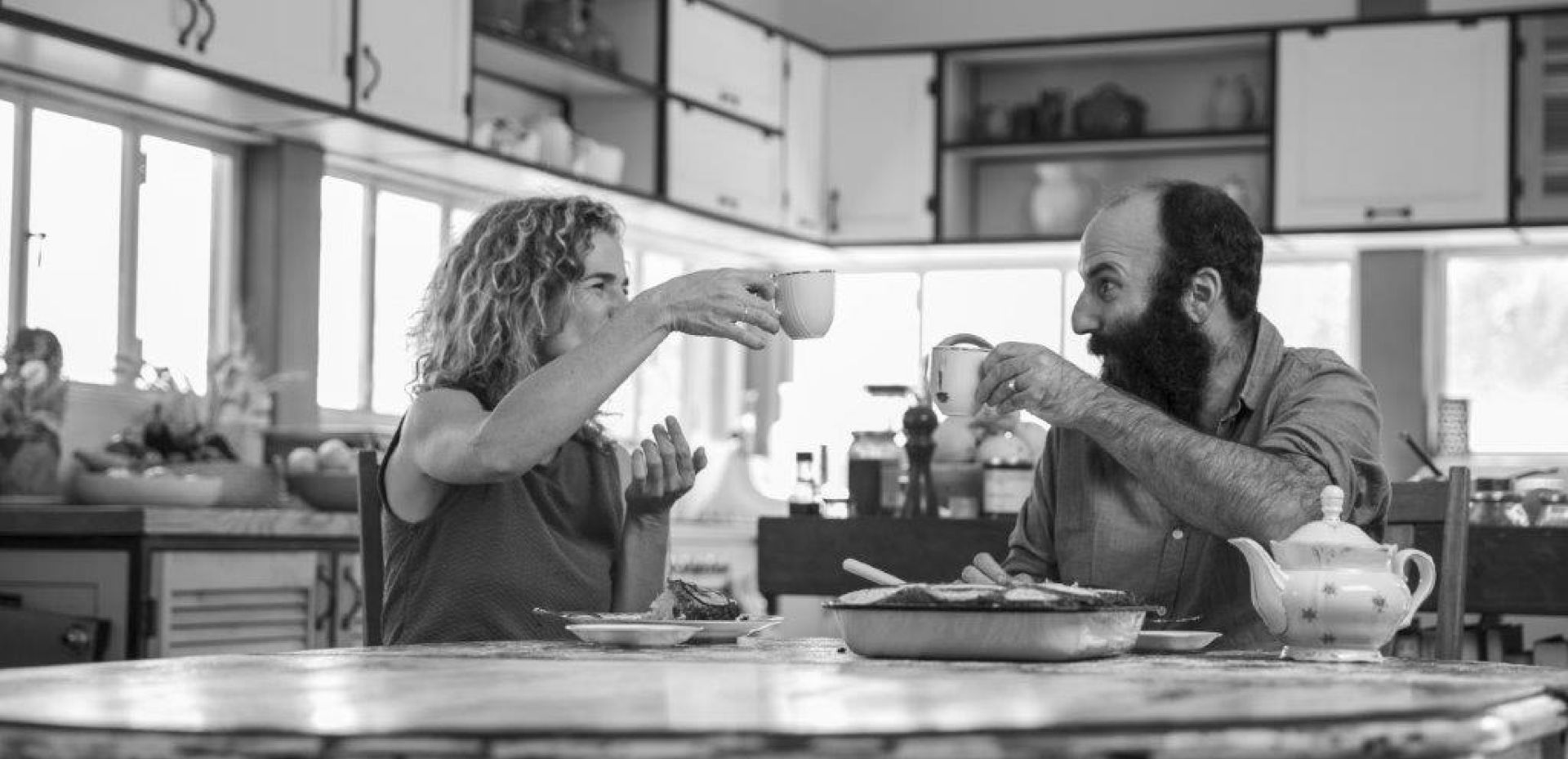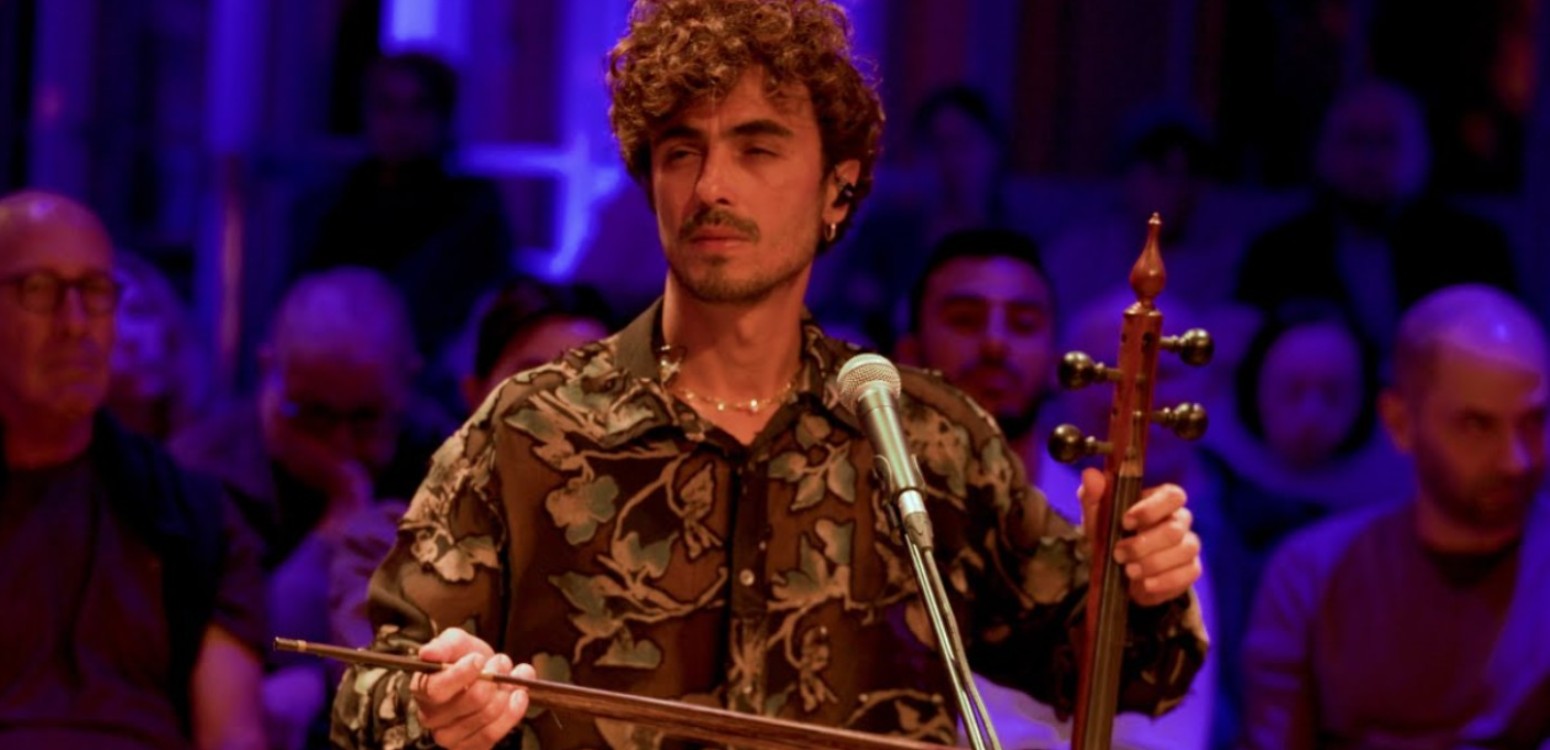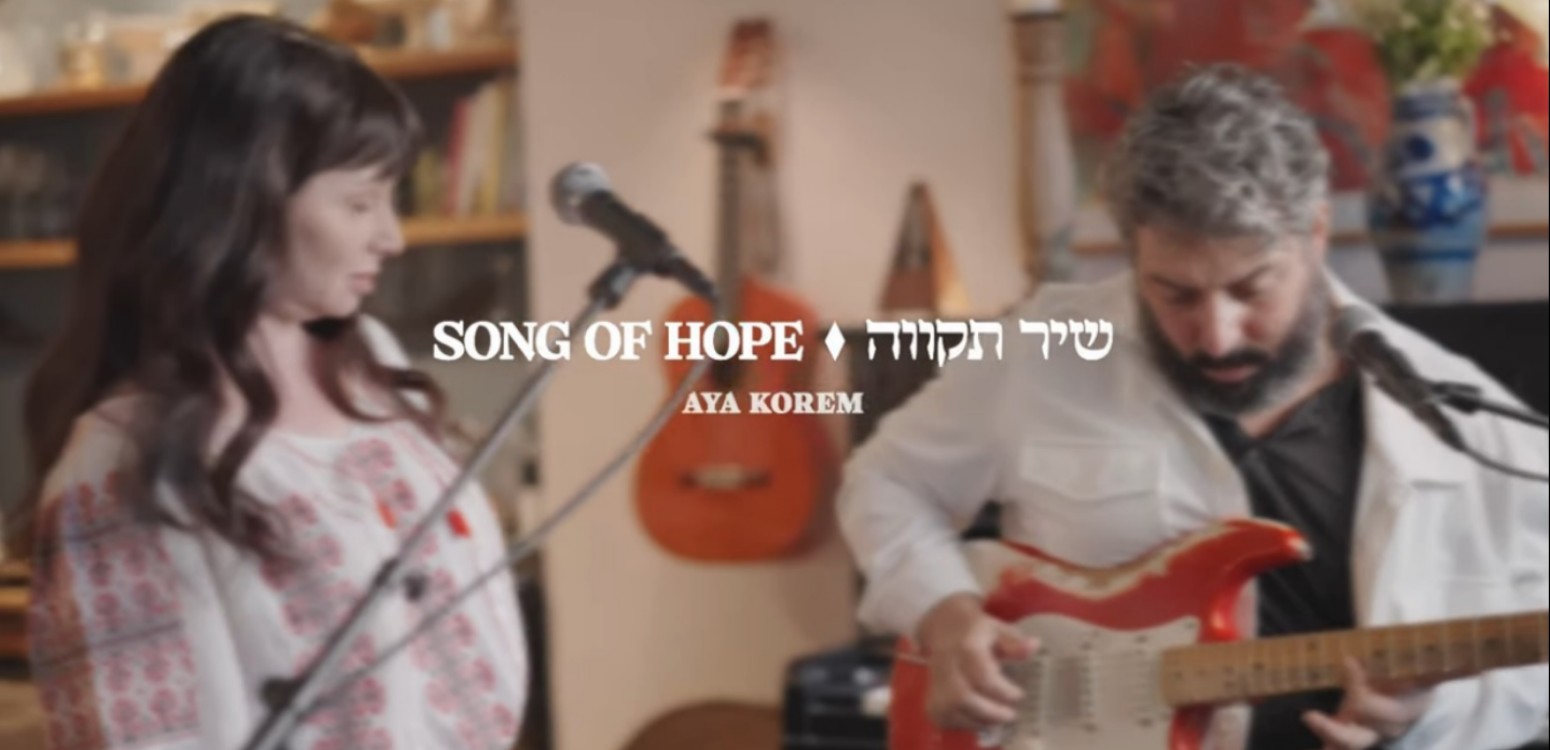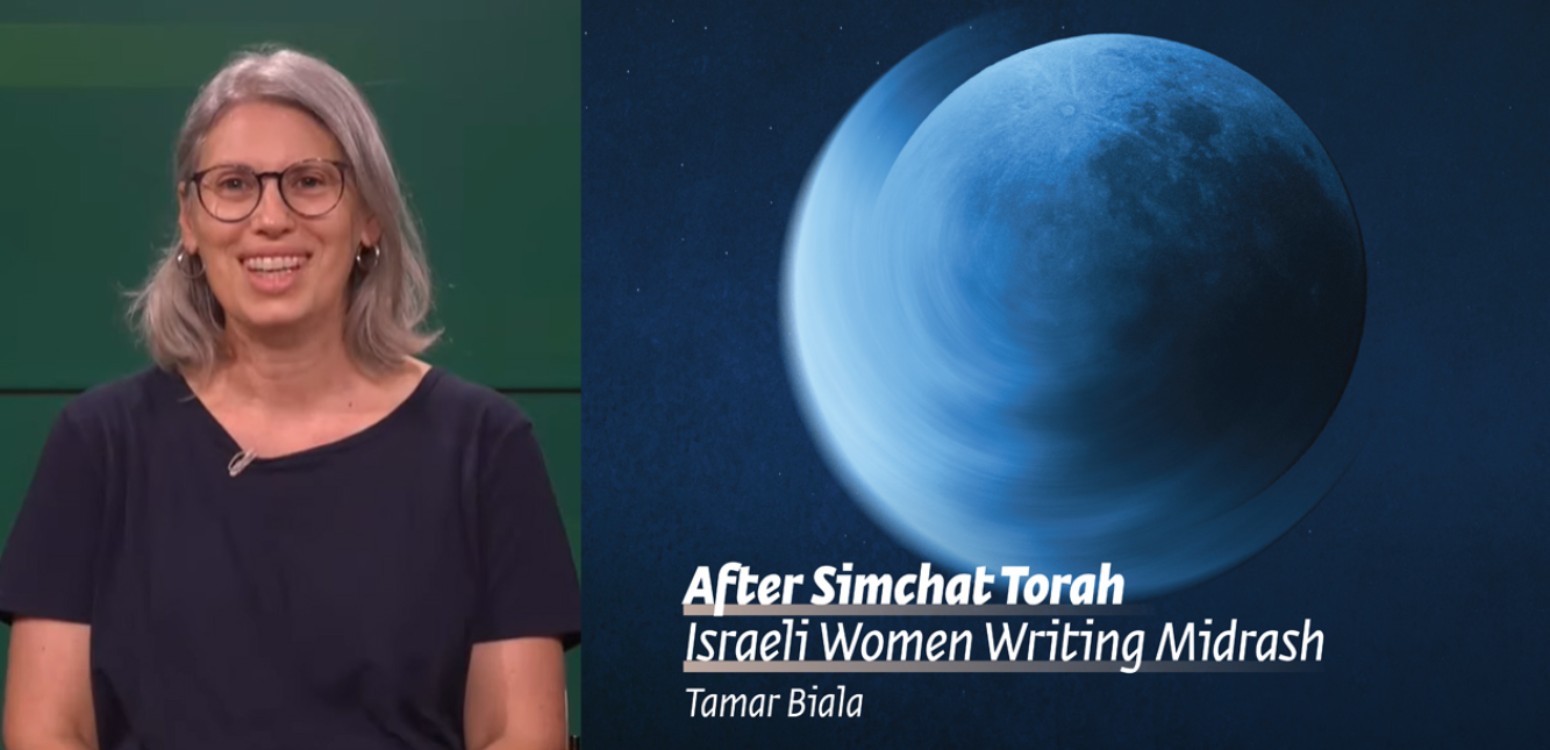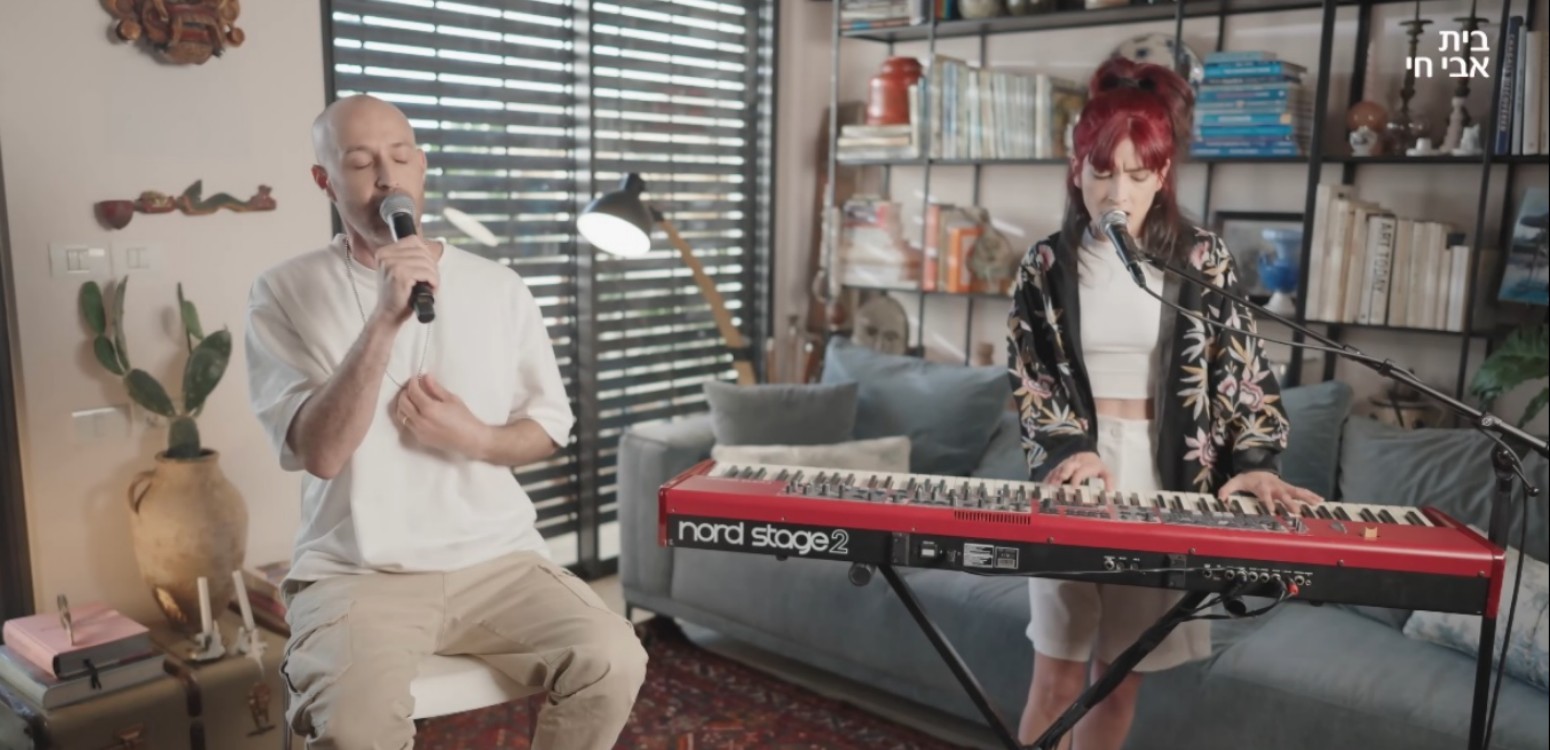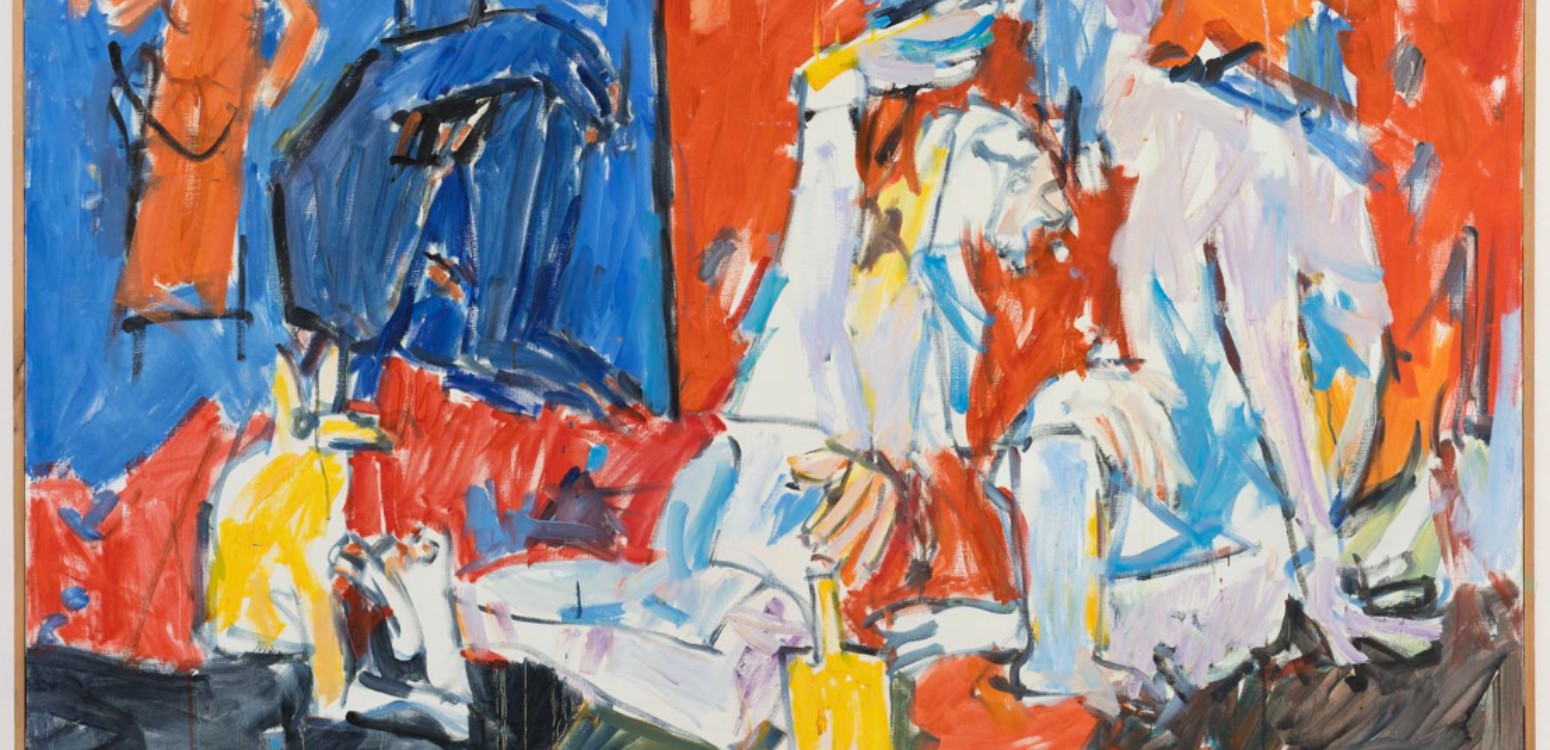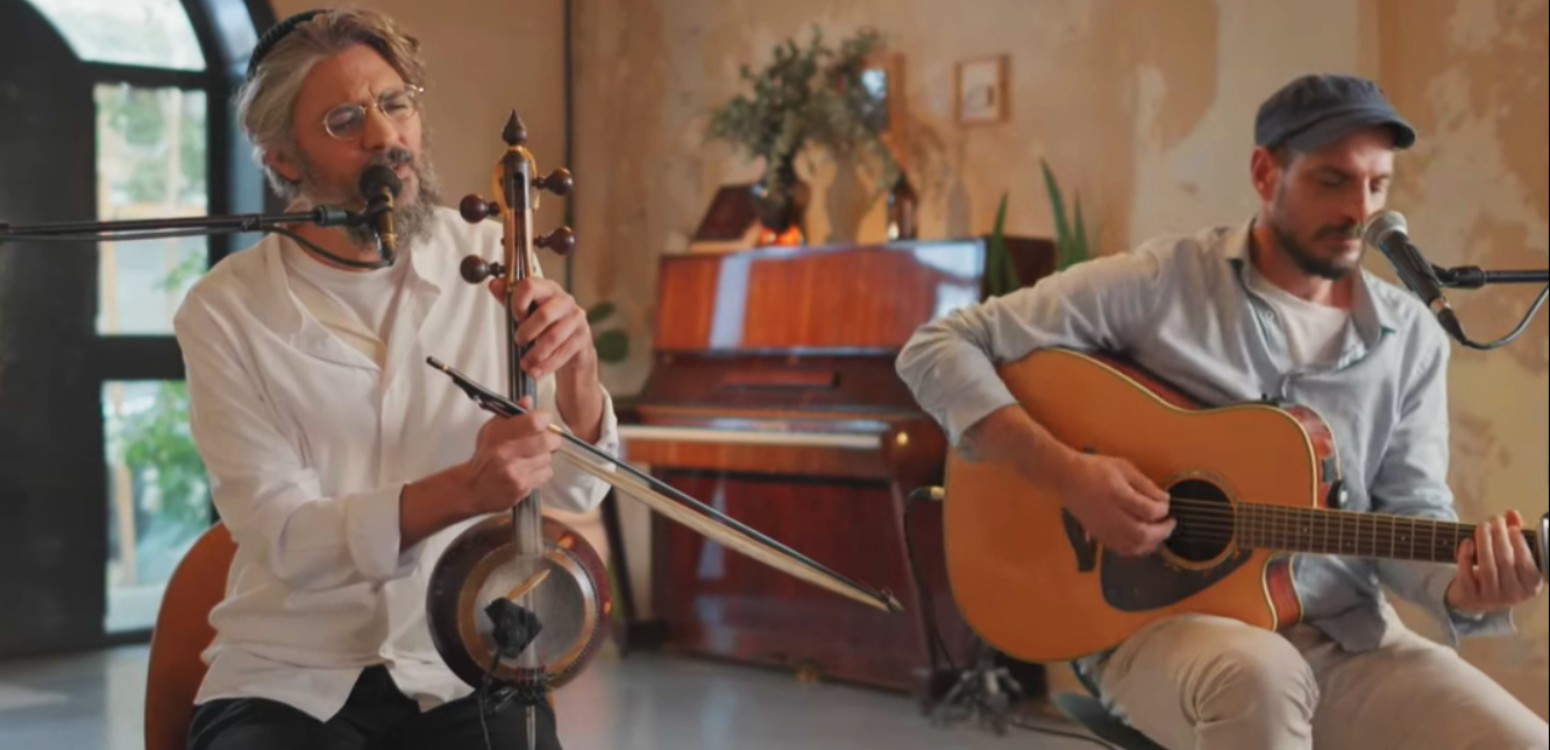
Alongside being the wife of Zalman Shazar, Rachel Katznelson-Shazar was a pioneer, feminist, and visionary who championed women’s role in agriculture and founded Dvar HaPo’elet. Five decades after her death, her legacy deserves the spotlight
Most people who know anything about Rachel Katznelson-Shazar remember her only as the first lady of Israel’s third president, Zalman Shazar (1889-1974), or as the wife of the man loved by the poetess Rachel (1890-1931). The common interpretation of Rachel’s famous poem “Locked Garden” is that it was written for Zalman Rubashov, later Shazar, and the story is usually told in passing: the poetess’ love was unrequited, since Shazar was already married to his wife, Rachel Katznelson-Shazar (1885-1975).
But the historical shadow cast over Rachel Katznelson obscures one of the most important figures of the pioneering Yishuv: a visionary woman, a practical feminist, and a writer. Katznelson-Shazar was a leader in her own right, with a legacy that remains relevant and fascinating today. She advanced the status of working women, founded and congributed to a magazine, lived as a pioneer, and was a devoted mother to a daughter with Down syndrome. Katznelson died exactly 50 years ago, and her remarkable achievements deserve to be remembered.
Women in Agriculture
Rachel Katznelson was born into an educated, affluent family in the city of Babruysk in the Minsk district. She received a broad education, including Hebrew and Hebrew literature, and became an ardent Zionist. Her passion for Zionism swept up her entire family, who all eventually immigrated to Palestine by the late 1930s. Rachel was the first to make the move, arriving at the port of Jaffa at the end of 1912.
Life under Ottoman rule was harsh: the land was neglected, dry, and poor – completely unlike the European environment Rachel was familiar witth. But the difficulties only strengthened her resolve. Beyond the hardships faced by all pioneers, she had to contend with an additional challenge: being a woman.
Immigration to Palestine deeply shaped family life. While the number of women immigrants was almost equal to men, their struggles were tougher. Historian Margalit Shilo wrote about the severe challenges women faced, including arranged “paper marriages” just to obtain entry permits, which limited their ability to work and crushed their spirit. They bore the double burden of the Zionist dream – where reclaiming the land equated masculinity – along with the harsh reality that often excluded them. Many women despaired at the difficulty of joining agricultural labor; some even took their own lives.
Katznelson belonged to a group of women who rejected the traditional notion that women should be confined to domestic roles. They insisted women should participate fully in society. Yet this was not easy. The early female pioneers had assumed equality would come naturally with the move to the homeland. In practice, the Hebrew labor market did not welcome them. Landowners often preferred to employ Arab workers, who accepted lower wages. This sparked the movement for “Hebrew labor,” but jobs remained scarce – especially for women. The conservative farmers of the First Aliyah viewed women’s labor as “unnatural,” while others feared for the dignity and safety of women working alongside Arab men, who might see them as “easy prey.”
Despite these obstacles, Rachel managed to take part in many aspects of pioneering life: she worked the fields near the Kinneret and in kibbutzim, joined an agricultural farm in Jerusalem, and taught Hebrew at the famed “Maidens’ Farm”.
Motherhood and Social Engagement
Alongside her public challenges, Katznelson also faced difficulties at home. While studying at the Academy for Jewish Studies in St. Petersburg, she met her future husband, Zalman Shazar, whom she married in 1920. Their daughter was diagnosed with Down syndrome at the age of three. Defying social norms of the time, they raised and cared for her themselves with deep love and devotion. This experience sharpened Rachel’s critique of the unequal division of family burdens: once women became mothers, she observed, they were pushed to the margins of society and confined to household tasks.
The pioneering movement prided itself on gender equality, but reality was more complex. According to Dr. Gilat Gofer, for many in the Second Aliyah, marriage itself was seen as the “solution” to the gender question. Women testified that before immigration they felt equal in shared activities with men, but once in Palestine they were marginalized. Married men reverted to traditional family roles, which meant women were once again expected to give up on hard-won gains.
Changing the World
By 1924, Katznelson held a position on the Cultural Committee of the Women Workers’ Council. Unlike Golda Meir (1898-1978) or Manya Shochat (1880–1961), who looked toward political careers in the broader labor movement, Katznelson dedicated herself to the women’s sphere.
The Women Workers’ Council, formally organized from 1911, deliberately pursued gender separatism as a strategy to advance women’s status. Alongside other leaders like Ada Maimon (1893–1973) and Sarah Malkin (1885-1949), Katznelson promoted agricultural training for women, established women’s farms, and pushed for women’s inclusion in so-called “male” professions. She also championed agricultural schools for girls, such as the pioneering farm at Kinneret founded by Hannah Meisel.
The achievements were significant: the Council managed to bring women’s interests into the mainstream labor movement, and women’s farms provided work, housing, and training. Still, many battles didn’t bear fruit. Women continued to fight for the right to work in agriculture, often forced to enter the labor market through the “back door” by working as domestic help or in kitchens. Though the women themselves framed these tasks as pioneering and national, men still regarded them as marginal.
Davar HaPo’elet
Like her husband, Rachel was deeply engaged in writing, editing, and translation. Already in 1926 she promoted the idea of a women’s newspaper to amplify their voices and connect them to the Zionist project. That year the Women Workers’ Council launched Ha’Isha (“The Woman”), but it closed shortly after. Finally, in 1934, Katznelson founded Davar HaPo’elet, first as a supplement to Davar newspaper and by the 1950s as an independent publication.
As editor-in-chief, Katznelson used the paper to provide women workers with a platform to express their thoughts, needs, and perspectives. The magazine became a tool for education and messaging, reinforcing her conviction that women must highlight their independence and originality. Historian Eran Eldar cites her diary: “When I enter a woman’s home these days, I no longer see a creative homemaker surrounded by children, but a prisoner. Not a prisoner of the sword, but a prisoner of motherhood.”
Davar HaPo’elet broke barriers, reporting on women’s activities that had previously been ignored or minimized by Davar. It became the official outlet of the women workers’ movement. Katznelson was given broad authority, and the editorial board – handpicked by her – consisted of talented women with strong political and feminist awareness. After years of activism in a male-dominated sphere, Rachel finally found a way to make an impact – in her own voice.
This article was originally published in Hebrew.
Main Photo: Rachel Katznelson-Shazar 1964\ Wikipedia
Also at Beit Avi Chai

